Analytics Blog

Evolve from Customer Journey Mapping to Customer Journey Orchestration
Customer journey mapping has long been a popular method used for understanding the customer experience. In fact, the Customer Journey Mapping Research Report 2018 highlights that approximately two-thirds of organizations are utilizing customer journey mapping.
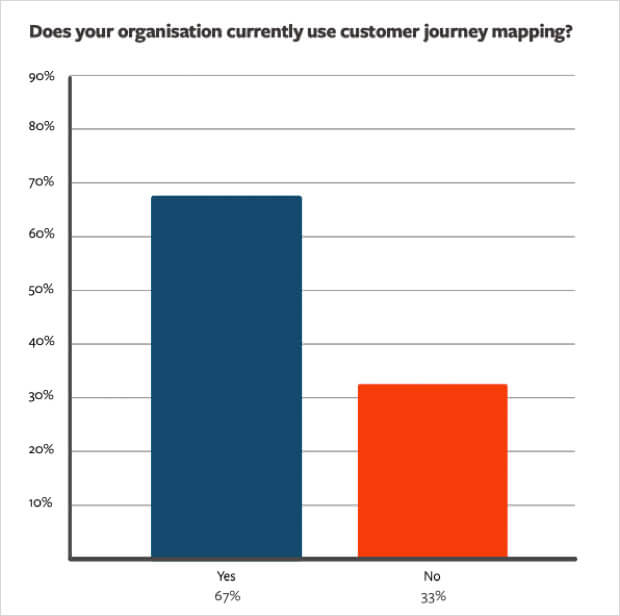 With recent advancements in technology, including Adobe’s updates to its Adobe Experience Platform (AEP), organizations now have the ability to move beyond traditional customer journey mapping to reach a new level of insights about the customer experience — insights that are based in real-time and reflective of actual journey paths that customers take. This technology is referred to as customer journey orchestration.
With recent advancements in technology, including Adobe’s updates to its Adobe Experience Platform (AEP), organizations now have the ability to move beyond traditional customer journey mapping to reach a new level of insights about the customer experience — insights that are based in real-time and reflective of actual journey paths that customers take. This technology is referred to as customer journey orchestration.
Simply put, a customer journey orchestration platform allows you to visualize real-time customer journeys and, more importantly, gives your organization the ability to influence the journey as it’s happening.
Benefits of Customer Journey Mapping
Understanding your customers’ needs requires empathy and the willingness to consider the user journey from their perspective. Customer journey mapping is an effective tool in getting organizations to start adopting this customer-first mentality. It’s useful in helping teams identify gaps in the journey where customer expectations aren’t being met.
One of the main benefits of customer journey mapping is that it results in a visual map, which helps breakdown the complexity of the customer journey into a simpler, easier to digest format. As a result, it can be easily shared across the organization, which is a necessary step to get buy-in across teams in adopting a customer-first approach.
Disadvantages of Customer Journey Mapping
Customer journey mapping can have its limitations in helping your organization meet the current demands of customers. Many times, creating the customer journey map is treated as the end goal. While a visual map is pretty to look at, it fails to bring value unless there are actionable insights. In fact, a survey conducted by the Nielsen group found that many of the respondents chose to omit an insights section in their customer journey map.
Not surprisingly, the survey found that “the journey maps’ effectiveness within the organization was seriously undermined when the journey maps were simplified to leave out the insights area.”
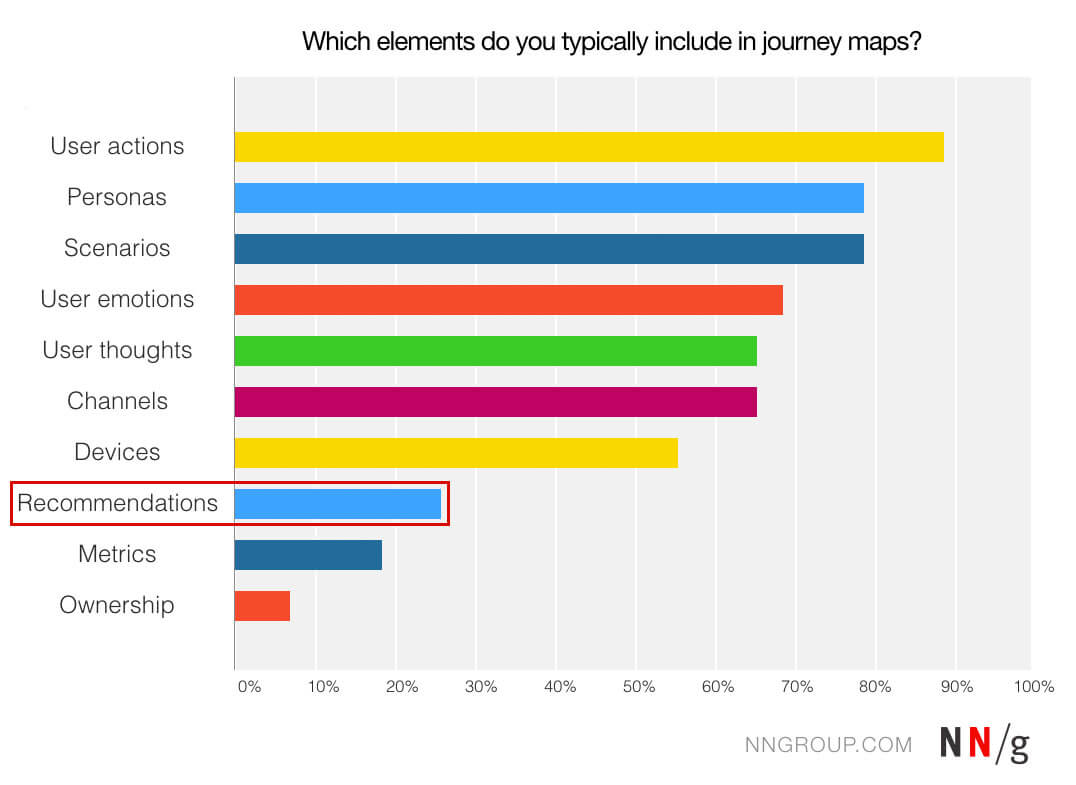
Another area where teams go wrong with customer journey mapping has to do with how customers are viewed. For example, some organizations try to view the customer as one or as the ideal customer. However, a customer journey map that outlines only one customer journey path completely misunderstands the true customer experience in that there’s no “one-size fits all” journey. Therefore, trying to focus on the ideal customer journey substantially undermines the value of doing such an exercise in the first place.
The best customer journey mapping frameworks realize there’s more than one type of customer and, with that, more than one customer journey. These frameworks present customer journey paths based on key personas. While understanding customer journeys for key personas do provide more value, there are still limitations with acting on such insights. Specifically, optimizations tend to be made at the segment level (for that particular group). However, today’s customer experience is about 1:1 hyper-personalization, and customer journey mapping alone cannot be used effectively to meet these needs.
The best customer journey mapping frameworks realize there’s more than one type of customer… Click & Tweet!
Customer Journey Mapping Treats Customers as Static
Another disadvantage is that customer journey mapping tends to treat customers as static when, in reality, customers evolve over time. Thus, a customer journey map from a couple of years back won’t provide an accurate view of the customer journey today. As a result, there’s a need to conduct the customer journey mapping exercise on a regular basis. Yet, depending on how extensive the customer journey mapping framework is, this could take quite a bit of time to accomplish (e.g. every quarter, every six months). Therefore, even if your team is properly utilizing customer journey mapping for actionable insights, there’s still the ongoing risk that your organization is playing catch-up with customer expectations rather than staying ahead and anticipating their needs.
Customer journey mapping is still a useful tool to incorporate into your organization’s customer-centric strategy, as it can help create the foundation for understanding the customer experience. However, to meet the demanding needs of today’s customers and their ever-changing expectations, organizations needs to consider evolving from customer journey mapping alone to customer journey orchestration.

Influence the Journey in Real Time with Customer Journey Orchestration
While customer journey mapping allows your team to visualize the journey, customer journey orchestration enables your team to influence the journey as it’s happening. The key to customer journey orchestration is automation, which combines your customer data with machine learning, to understand what your customers are doing and trigger the best next actions.
There are a number of benefits of utilizing a customer journey orchestration tool as part of your customer-centric strategy. First, instead of being limited to a theoretical journey based on a particular persona, a customer journey orchestration tool allows your team to see the actual paths that your customers take. This is accomplished by breaking down data silos and syncing all customer touchpoints and related data sources. The end result is a single unified view of the customer. Furthermore, this unified view of the customer isn’t static. Leveraging AI-driven customer journey analytics provides your organization with deeper insights about the customer in real-time.
Simply put, a customer journey orchestration platform allows you to visualize real-time customer journeys and, more importantly, gives your organization the ability to influence the journey as it’s happening. Click & Tweet!
Where customer journey orchestration stands out is that it gives organizations the ability to achieve true omni-channel personalization. Simply put, your organization can go from optimizing individual touchpoints to personalizing the entire customer journey. Eliminating personalization silos reduces the risk of providing customers with an inconsistent experience. Ultimately, this helps align your efforts better with how customers view your organization — as one brand and not a set of individual touchpoints.
Most importantly, organizations can evolve beyond segment-based personalization. Scaling your efforts to achieve 1:1 hyper-personalization ensures the right message is sent to the customer at the right point in their journey based on their unique behavior. In short, a customer journey orchestration platform gives your organization the ability to drive value with every interaction in real-time, resulting in a highly relevant experience that customers expect these days.
Customer Journey Orchestration Technology with the Adobe Experience Platform
Not surprisingly, there has been a growing demand for platforms that provide customer journey orchestration technology. For organizations that currently utilize the Adobe suite or for companies researching Adobe’s capabilities in improving the customer experience, Adobe has recognized the need for customer journey orchestration.
In fact, Adobe announced significant upgrades to Adobe Experience Platform (AEP), its customer experience management platform. Specifically, AEP now offers Journey Orchestration. Organizations can connect their customer data across existing Adobe products (e.g. Adobe Target, Adobe Analytics, Adobe Audience Manager, Adobe Campaign), as well as integrate with any other third-party platform.
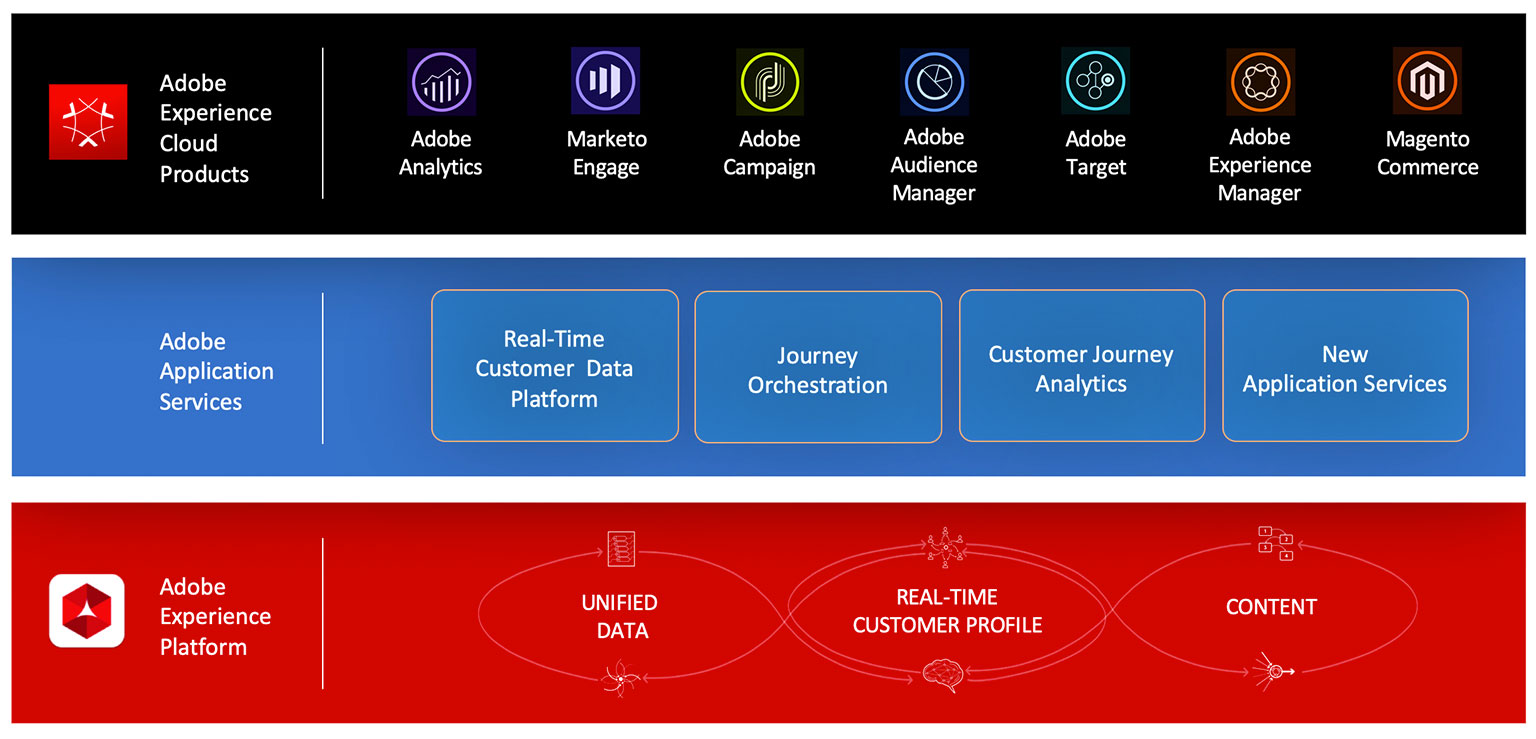 Journey Orchestration Diagram (Source)
Journey Orchestration Diagram (Source)
With Journey Orchestration, Adobe clients will have the ability to activate on customer signals or actions in real- time, using both past engagement and current context. AEP’s Journey Orchestration can be used to execute simple use cases, such as sending an email in real-time to targeted visitors (e.g. women) who walk by a beacon located near a hotel’s spa and offering them a discount on spa services.
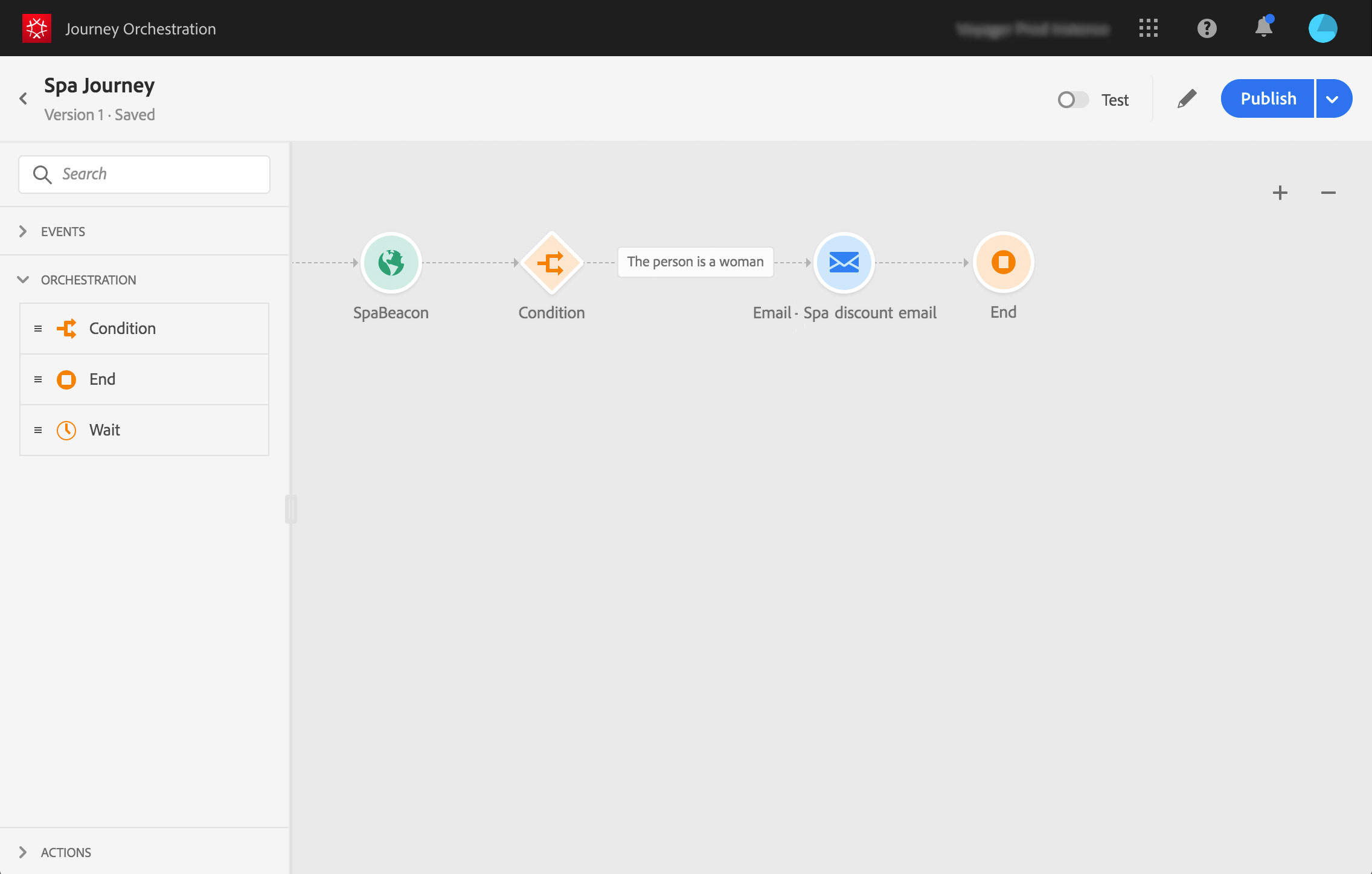 Example of a simple use case (Source)
Example of a simple use case (Source)
Moreover, Journey Orchestration can help scale your personalization efforts by supporting more advanced customer journey use cases. For example, a hotel may want to send a welcome message to visitors as soon as they enter the hotel. However, the message they receive depends on whether they’re part of the loyalty program. If the person isn’t a loyal member, then an email is sent to promote the loyalty program. If the person is already a loyal member, then the hotel can push various messaging depending on whether a reservation already exists, if the loyal member decides to eat at the hotel’s restaurant or based on other real-time engagement.
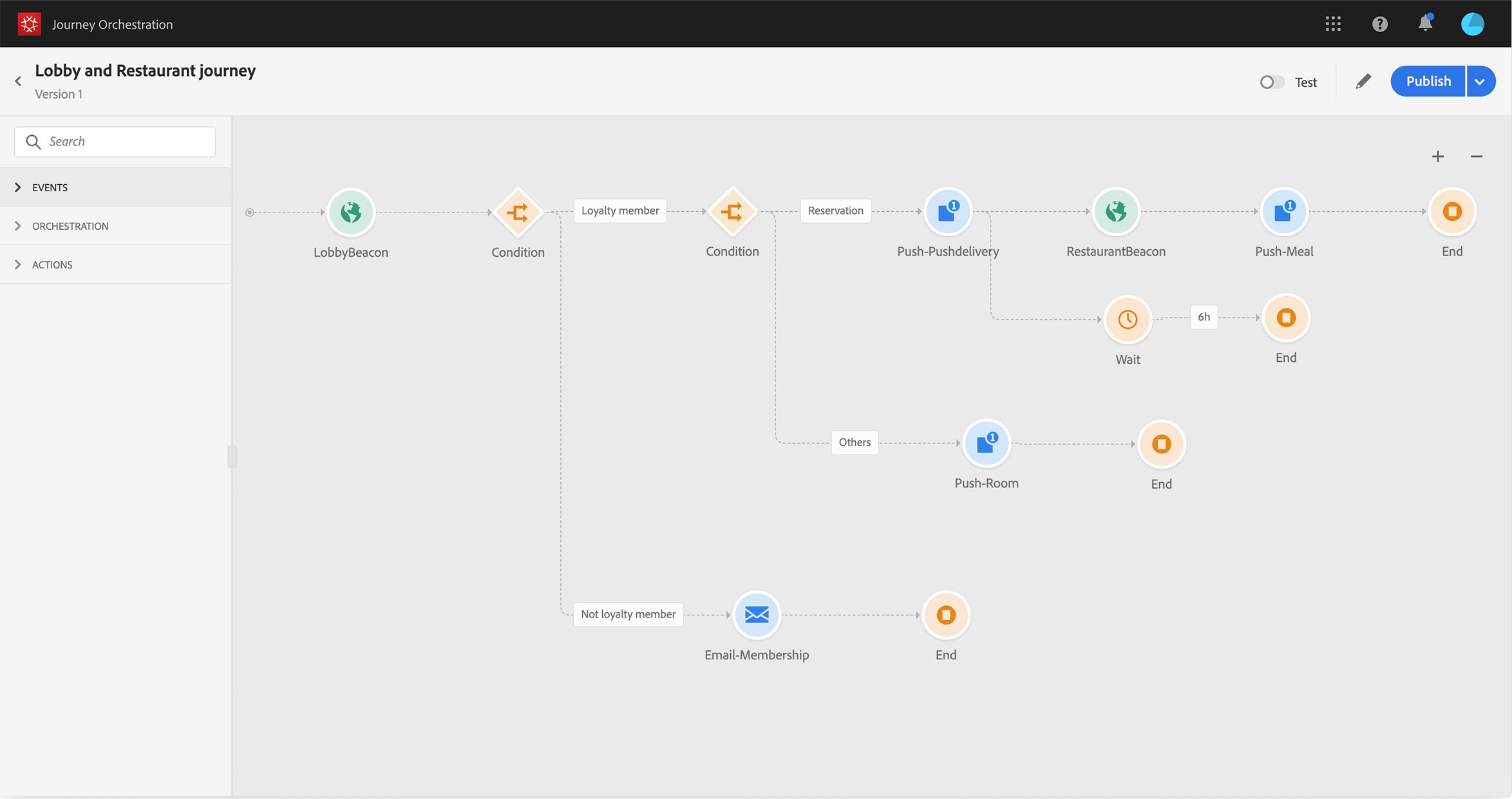 Example of an advanced use case (Source)
Example of an advanced use case (Source)
In addition to unveiling Journey Orchestration, Adobe made other enhancements to the Adobe Experience Platform (AEP), including updates around the general availability of its Real-Time Customer Data Platform. Overall, with the latest capabilities available within AEP, Adobe is making it easier for organizations to deliver an impactful experience across the entire customer journey.
Make a Real Difference in Your Customer’s Journey
With the greater urgency placed on providing a highly relevant experience and now, having the technology available to allow for hyper-personalization along the customer journey, it’s no longer sufficient for organizations to remain on the sidelines. Customer journey mapping, while still useful in creating a foundation for understanding the customer experience, isn’t able to keep up with customer behavior over time. This framework is limited to providing static insights. To have a better understanding of the customer journey, even as it evolves over time, your organization needs real-time insights.
Ultimately, if staying ahead and anticipating your customer’s needs is a top priority for your organization, then we recommend your team evaluates whether a customer journey orchestration platform can help meet your business needs.








